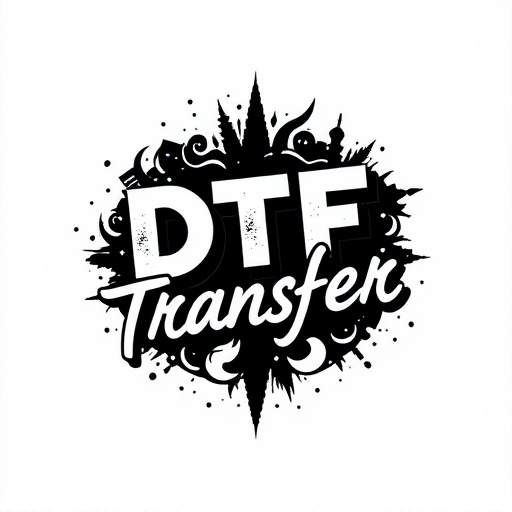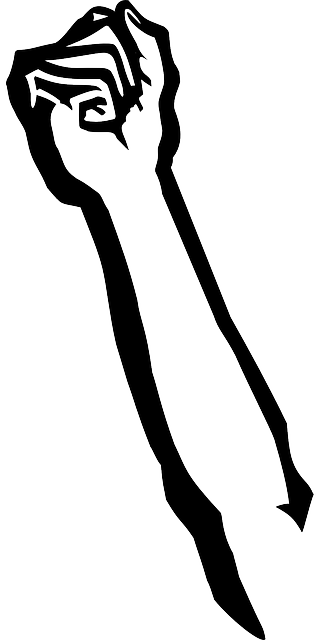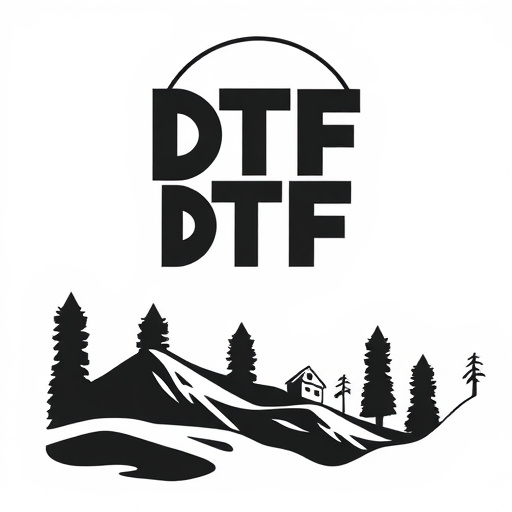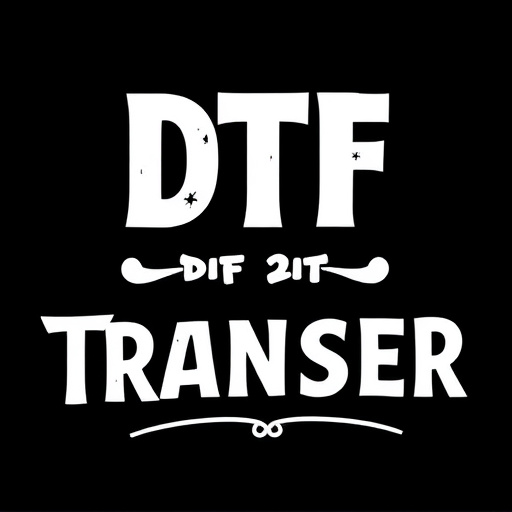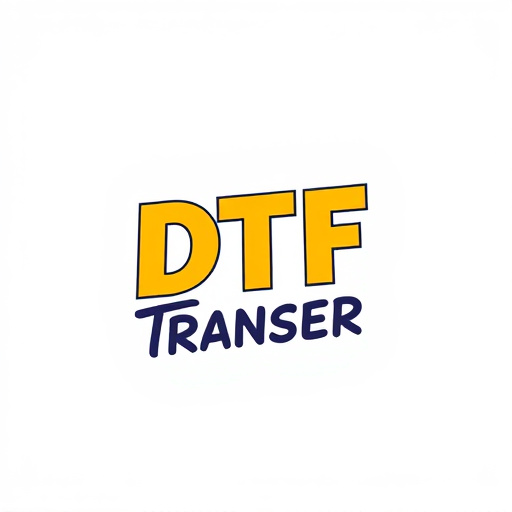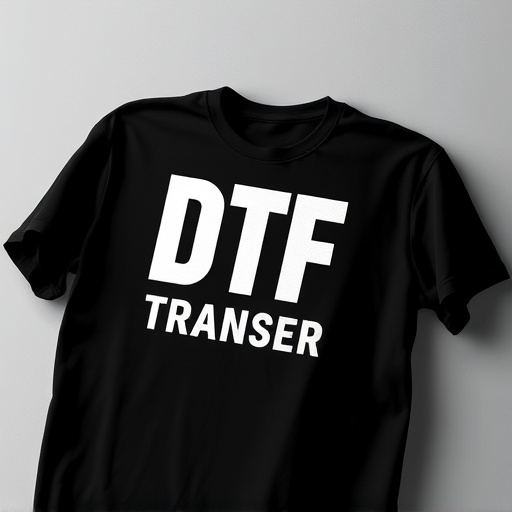DTF (Direct-to-Fabric) technology is transforming apparel production by offering high-quality, durable printing directly onto sweatshirts and hoodies. This innovative method eliminates intermediaries, achieving precise ink deposition for superior color accuracy and a smooth finish. Popular among brands and individuals creating custom, on-demand apparel, DTF is cost-effective for small batches or single pieces while maintaining exceptional print quality. When designing film transfers for DTF printing, selecting the right design and proper file formatting are key to creating durable garments. The application process involves preparing designs in high resolution and choosing suitable fabrics for optimal print adhesion. Proper curing and caring, including avoiding bleach and using mild detergents, ensure DTF-printed apparel retains its condition for years.
“Revolutionize your clothing line with Direct to Fabric (DTF) technology, a game-changer in garment printing. This innovative method allows for high-quality, vibrant designs on sweatshirts and hoodies, catering to today’s trendy fashion demands.
In this comprehensive guide, we’ll explore the benefits of DTF, from its ability to enhance fabric textures to ensuring long-lasting images. Learn how to choose exceptional designs and prepare them for printing, master the application process step by step, and discover tips for curing and caring for these unique DTF-printed garments.”
- Understanding DTF (Direct to Fabric) Technology
- Advantages of Using Film Transfers for Sweatshirts and Hoodies
- Choosing the Right Design and Image Quality
- Preparing Your Designs for Printing: Tips and Best Practices
- Application Process: Step-by-Step Guide to Getting Your Designs on Garments
- Curing and Caring for DTF-Printed Sweatshirts and Hoodies
Understanding DTF (Direct to Fabric) Technology
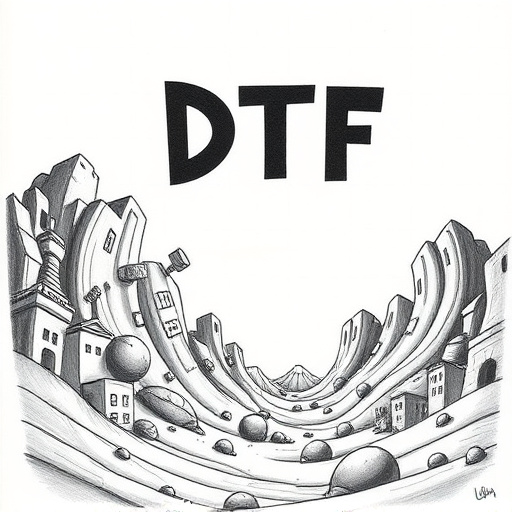
Direct to Fabric (DTF) technology has revolutionized the way we apply graphic designs onto sweatshirts and hoodies. This cutting-edge method allows for high-quality, durable prints that directly bond to the fabric, ensuring longevity and vibrancy even after repeated washings. Unlike traditional printing methods, DTF eliminates the need for intermediaries like paper or vinyl, resulting in a seamless integration of design with fabric.
The process involves specialized equipment that precisely deposits ink directly onto the garment’s surface. This direct contact ensures exceptional color accuracy and a smooth, matte finish. DTF is particularly popular among brands and individuals seeking to create custom, on-demand apparel, as it offers a cost-effective solution for small batches or even single pieces while maintaining top-tier print quality.
Advantages of Using Film Transfers for Sweatshirts and Hoodies
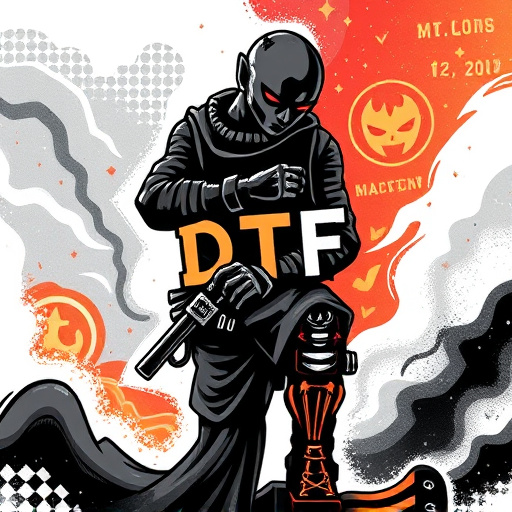
Film transfers, specifically Digital Transfer Film (DTF), offer a revolutionary approach to custom printing on sweatshirts and hoodies, bringing numerous advantages to both manufacturers and consumers. One of its key strengths is the ability to produce high-quality, vibrant prints with exceptional detail, ensuring that designs come alive on these garments. DTF allows for a wide range of colors and intricate patterns, enabling creators to bring their most complex and artistic visions to market.
Additionally, this technology streamlines the production process, making it an efficient choice for custom apparel. Film transfers can be easily applied to various fabrics, including sweatshirt materials, providing a durable and long-lasting finish. This method eliminates the need for traditional screen printing set-ups, reducing setup time and costs, especially for smaller orders or unique designs. With DTF, businesses can offer fast turnaround times while maintaining exceptional print quality.
Choosing the Right Design and Image Quality

When designing film transfers for sweatshirts and hoodies, choosing the right design and image quality is paramount to ensure a visually appealing and durable final product. DTF (Direct-to-Fabric) printing technology offers exceptional clarity and color accuracy, making it ideal for intricate designs and high-resolution images. Opting for a design that complements the fabric’s texture while maintaining sharp details will result in a standout garment.
Consider the overall aesthetic you wish to achieve. Whether it’s a vintage movie poster or a modern graphic, ensuring the image quality meets the standards of DTF printing is crucial. High-quality sources and proper file formatting ensure that the transfer not only looks good but also withstands the wear and tear associated with everyday use.
Preparing Your Designs for Printing: Tips and Best Practices

Preparing your designs for DTF (Direct-to-Fabric) printing on sweatshirts and hoodies involves a few key steps to ensure optimal results. First, ensure your artwork is in high resolution—300 DPI or higher—and saved in a compatible format like PNG or SVG. This guarantees crisp, detailed prints that are suitable for fabric. Next, check the color mode; CMYK is ideal for printing on textiles as it accurately represents the final product’s colors.
Additionally, consider the design’s layout and placement on the garment. For best results, avoid placing images too close to the edges of the sweatshirt or hoodie, as this might lead to visible cutting lines or loss of detail during the printing process. Test your design on a sample fabric to get an idea of how it will look and make any necessary adjustments before finalizing your file.
Application Process: Step-by-Step Guide to Getting Your Designs on Garments
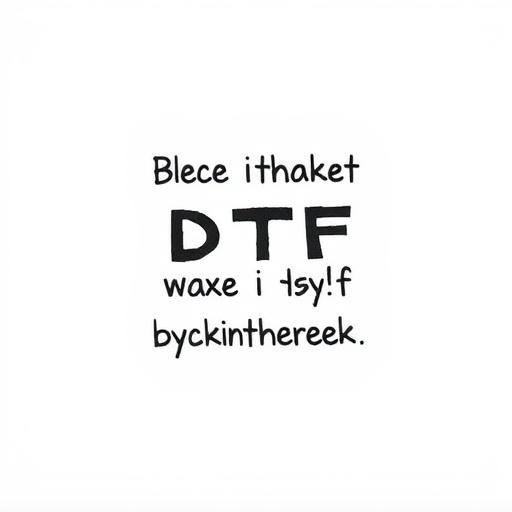
The direct-to-garment (DTF) application process allows for high-quality, long-lasting printing on various fabrics, including sweatshirts and hoodies. Here’s a step-by-step guide to help you get started:
1. Design Preparation: Begin by creating or selecting your desired design using graphic design software. Ensure the artwork is in the correct format (like JPEG, PNG, or SVG) with a high resolution (300 DPI or higher) for optimal print quality. Adjust colors and ensure there’s sufficient contrast to avoid bleeding through the garment material.
2. Choose Your Garment: Select the sweatshirt or hoodie you want to print on from a supplier that offers DTF printing services. Different fabrics offer varying levels of print adhesion, so consider factors like cotton, polyester, or a blend for best results. Make sure the garment is clean and free from any stains or oils that could hinder the printing process.
Curing and Caring for DTF-Printed Sweatshirts and Hoodies
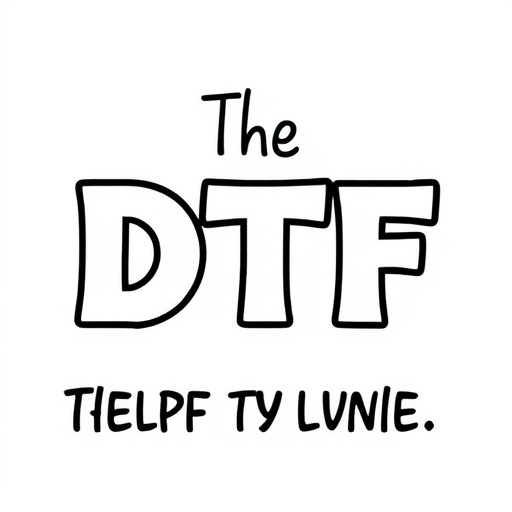
Curing and caring for DTF-printed sweatshirts and hoodies is essential to ensure their longevity and maintain the vibrancy of the print. After printing, it’s crucial to allow the ink to cure completely. This typically involves heating the garment to a specific temperature for a set duration, which sets the ink permanently. Avoid washing the clothes until the ink has fully cured to prevent smudging or fading.
To preserve the quality of your DTF-printed apparel, opt for gentle care. Hand washing in cold water with a mild detergent is recommended. Avoid using bleach or fabric softeners as they can damage the print. Air drying is ideal, but if using a dryer, set it on low heat to prevent shrinkage and maintain the shape of the garment. Regular maintenance ensures your DTF-printed sweatshirts and hoodies remain in excellent condition for years to come.

